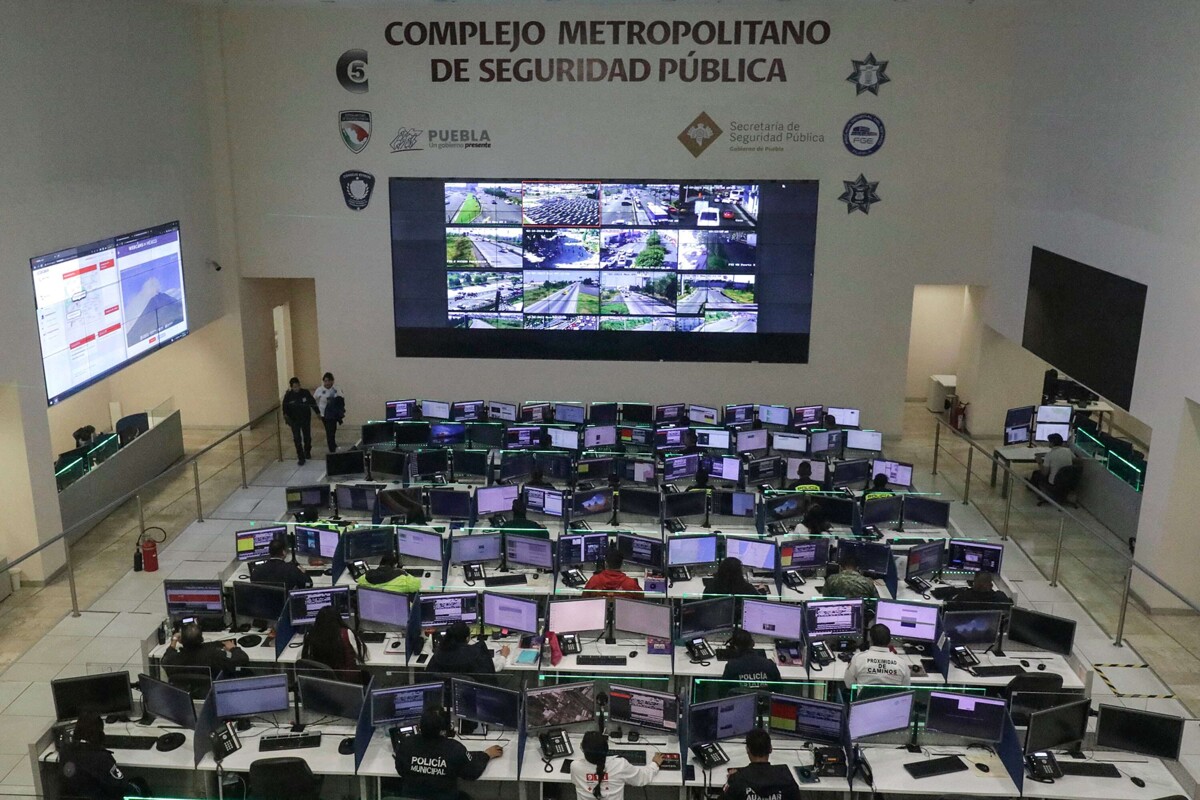
In a recent interview, the Secretary of Public Security of Puebla, Francisco Sánchez González, reported the presence of illegal cameras installed by criminals at strategic points in several municipalities. These devices are used to monitor the activities of security forces, making it difficult to prevent and pursue crime.
Sánchez González detailed that these clandestine cameras are very well camouflaged, complicating their detection. In the state capital, 19 of these illegally installed surveillance devices were dismantled. The official indicated that authorities are working in other municipalities where the existence of these cameras is suspected, aiming to strengthen the Center for Control, Command, Communications, Computing, Coordination, and Intelligence (C5).
The Secretary of Public Security made it clear that the project to modernize the C5 is under evaluation and the final proposal is expected to be presented by the end of 2025. This effort involves a greater incorporation of technology without needing to change the current infrastructure, but rather expanding and improving its technological capabilities.
On the other hand, illegal cameras were detected in the municipalities of San Martín Texmelucan and Amozoc, installed by criminal groups. In response, efforts are underway to strengthen the Metropolitan Security Complex (C5) to escalate it to a C7, which would place Puebla as the third entity in the country to have this technological capability in security. The objective is to enhance surveillance in vulnerable areas such as the Mexico-Puebla highway.
The installation of 200 surveillance cameras on the Mexico-Puebla highway, as well as on the stretch from San Martín Texmelucan to the municipality of Esperanza, is planned to combat assaults on drivers and transporters. This initiative aims not only for greater control at these critical points but also for a faster and more efficient response to any incidents, as emphasized by Sánchez González.














